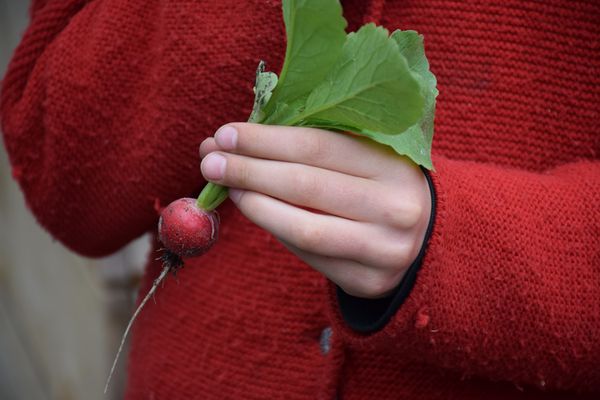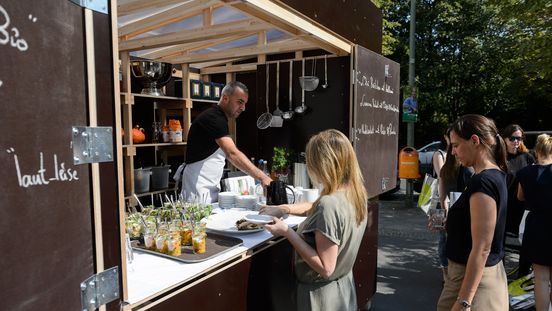The urban gardening scheme is one of a wide range of activities initiated while the museum was being renovated in 2014/2015. Various projects were devoted to exploring the urban environment around the Berlinische Galerie and reflecting on the relationship between culture and nature.
Ever since then, anyone interested has been welcome to join in during the summer months, in the spirit of urban gardening, by tending flowers, herbs and other plants either on their own or in organised workshops. Local groups, neighbours and families help to form teams of experts, contributing their know-how, suggestions and resources to the community that designs and uses the soil beds.
School groups at events run by our studio for children, the "Atelier Bunter Jakob", also come out into the garden to do research. Sustainability, natural urban biodiversity and the role of nature in the city can be experienced here in practical ways with a sensory appeal, for example by learning how to handle seeds or build insect hotels.
People of every age, from the immediate neighbourhood or further afield, are welcome to help create this open garden.



